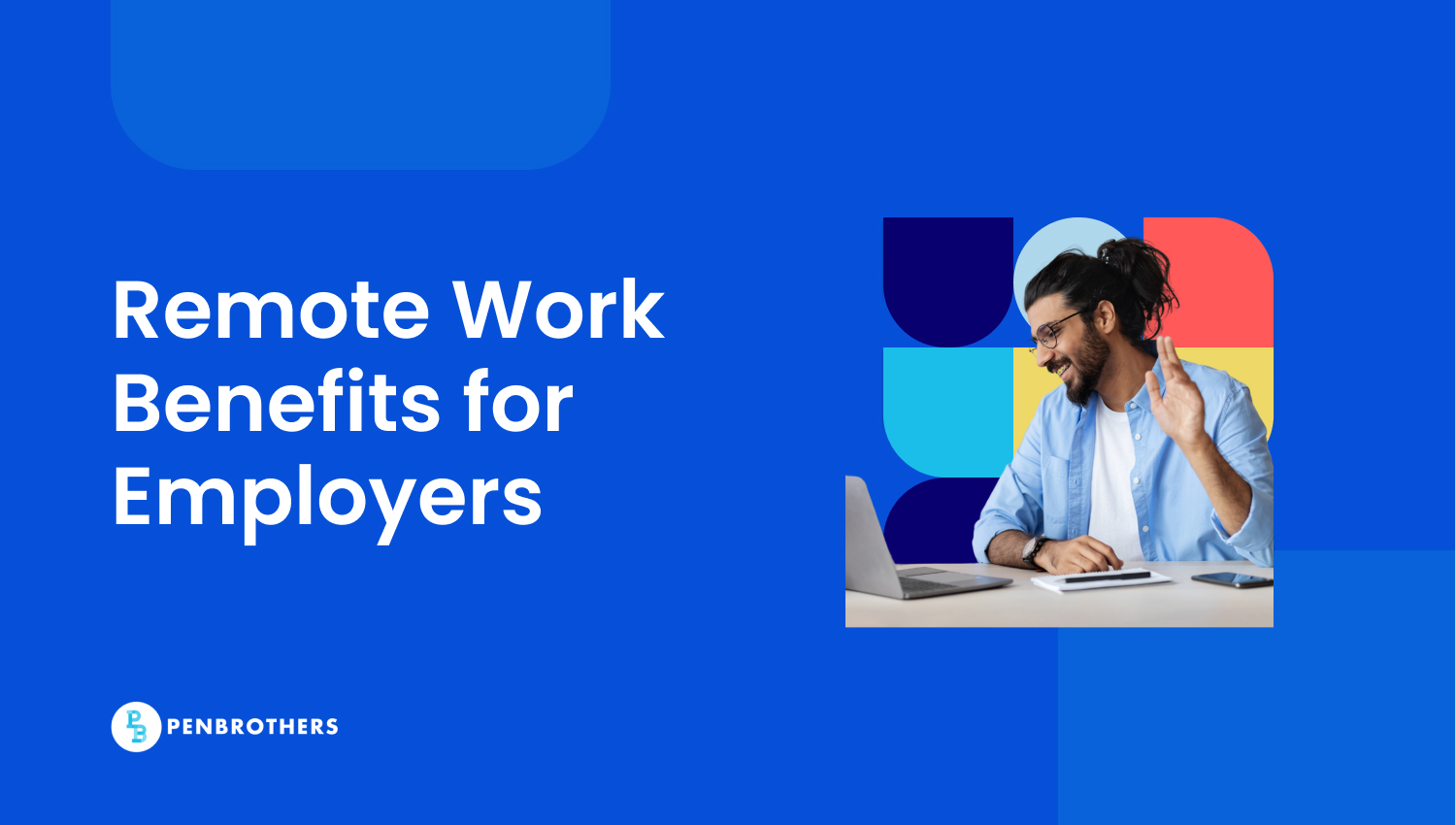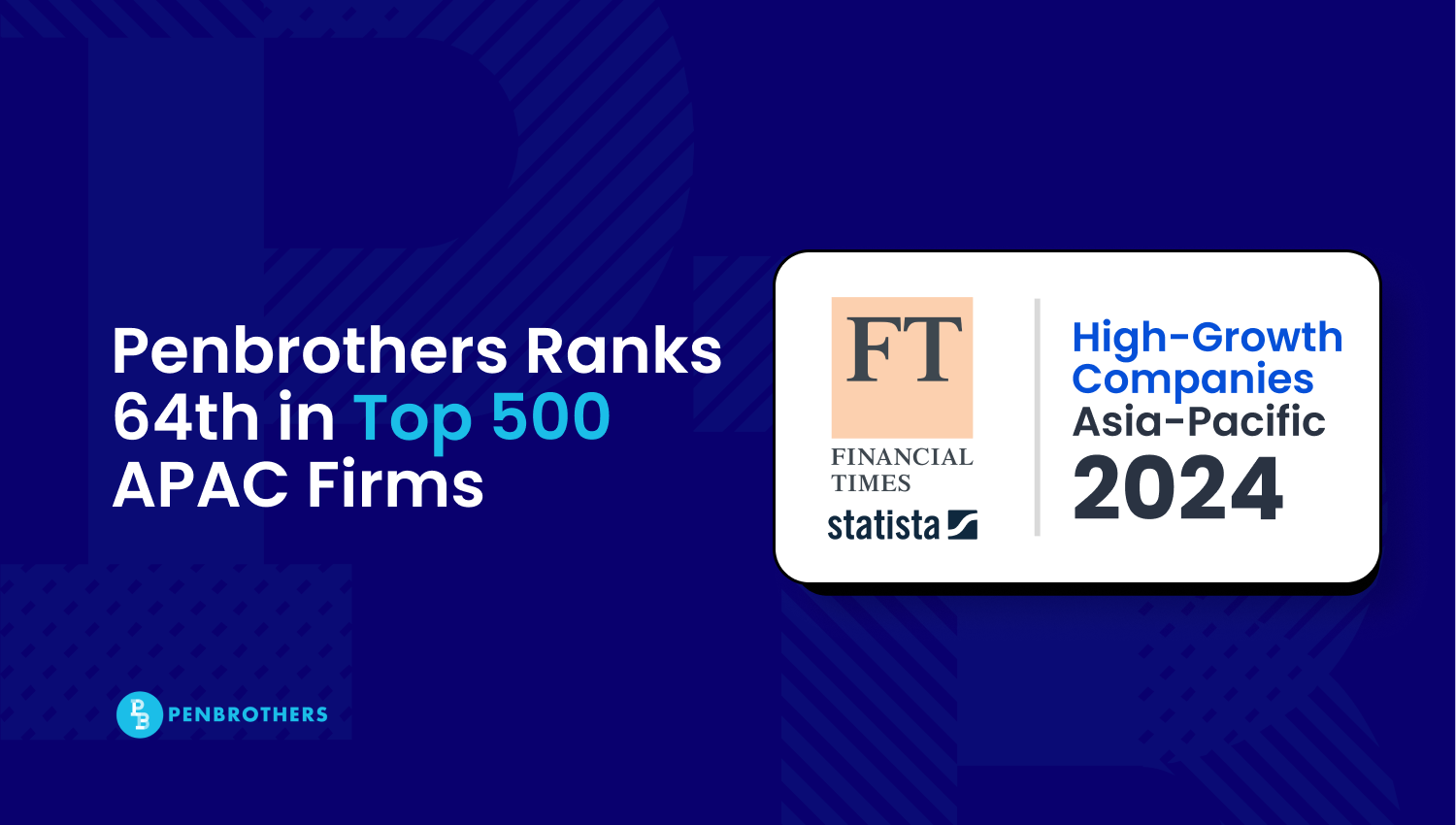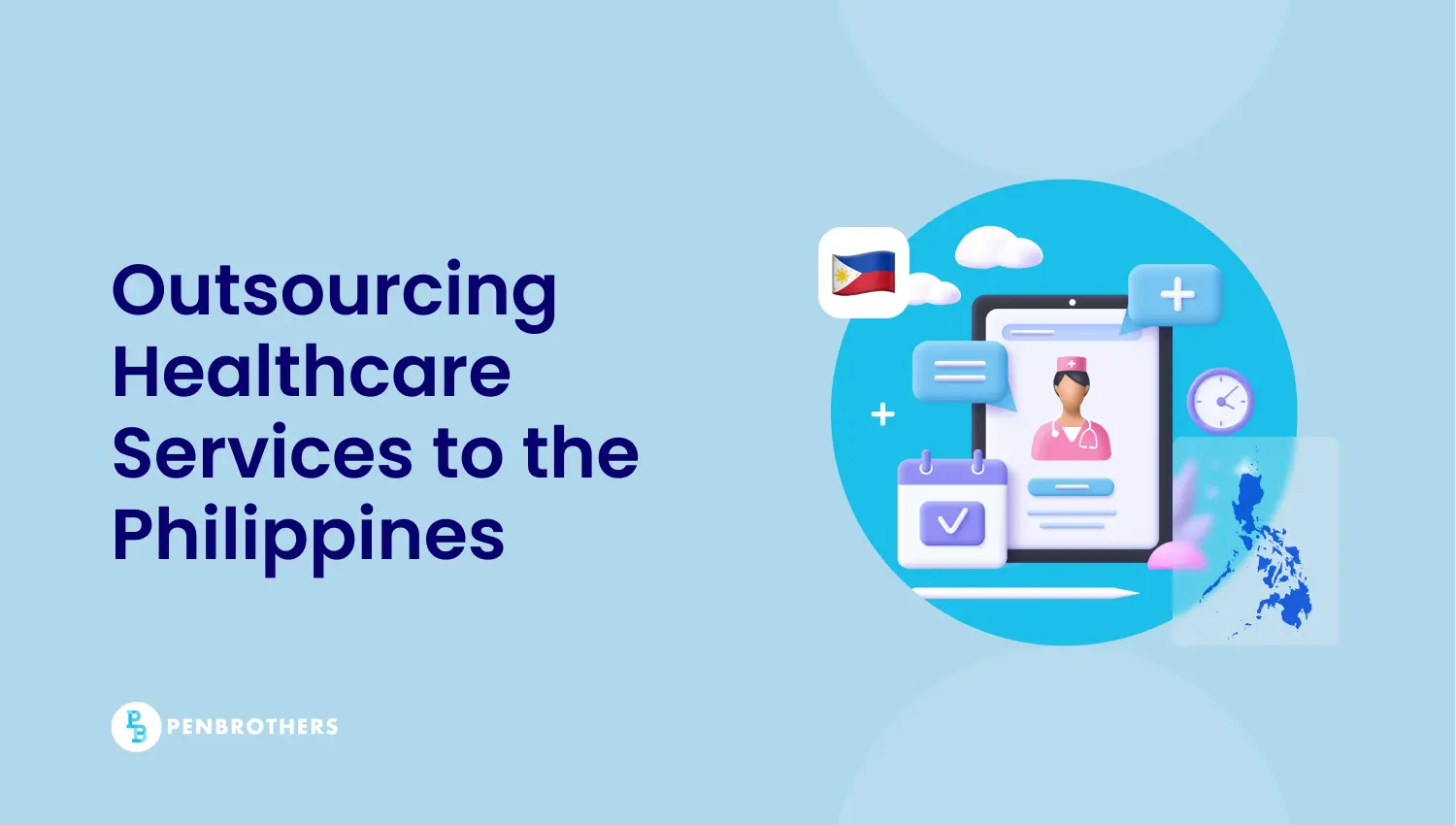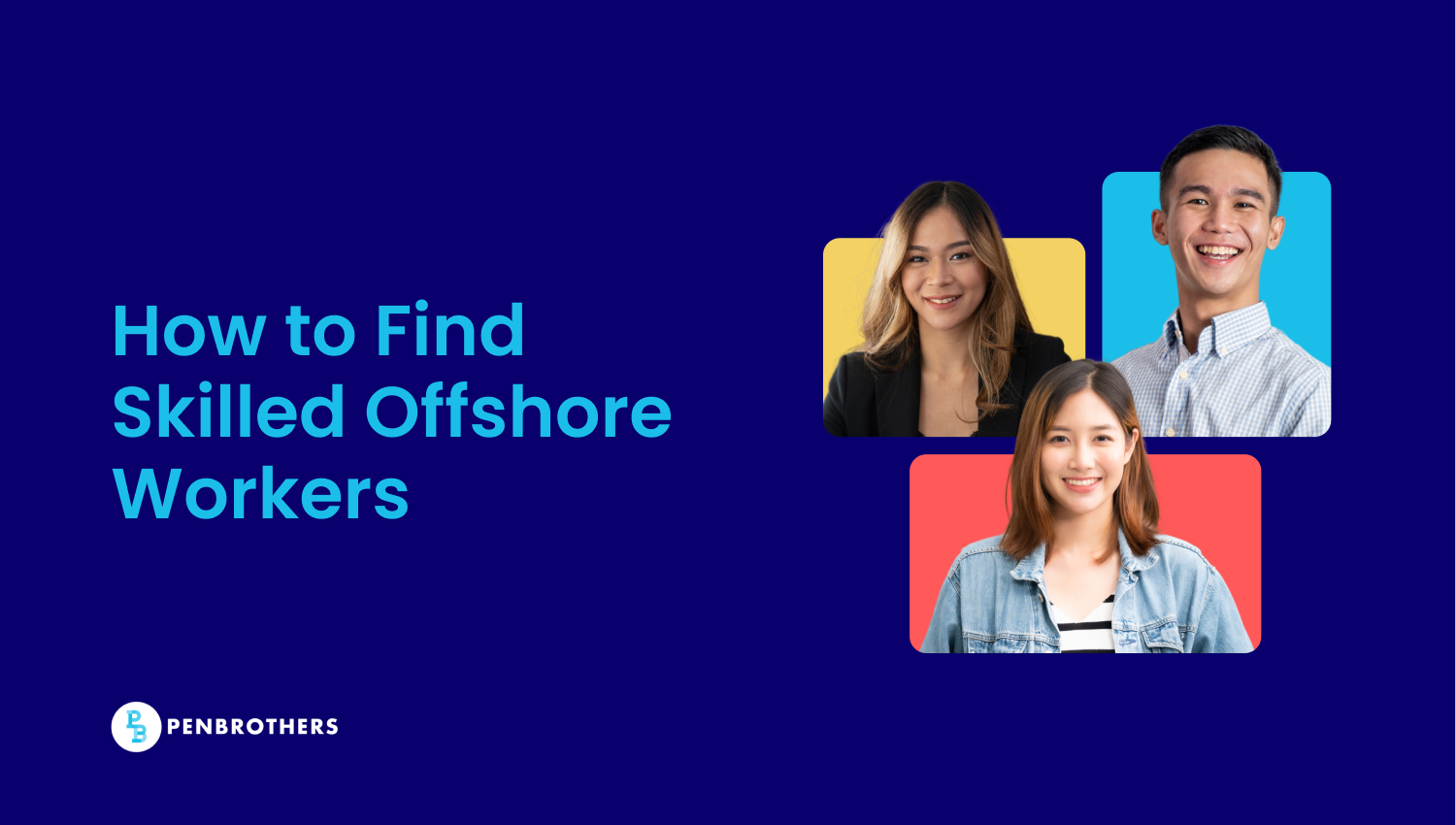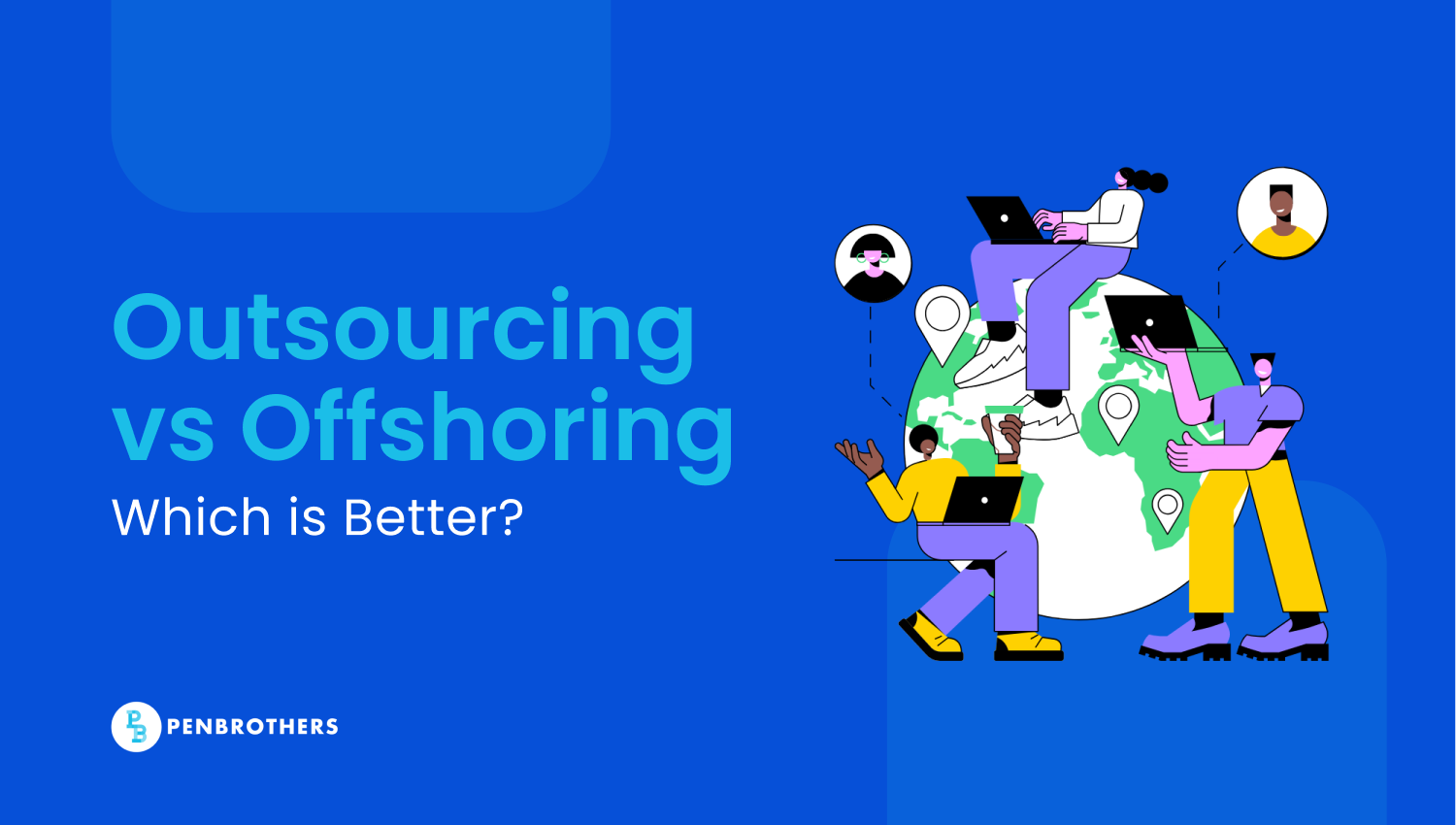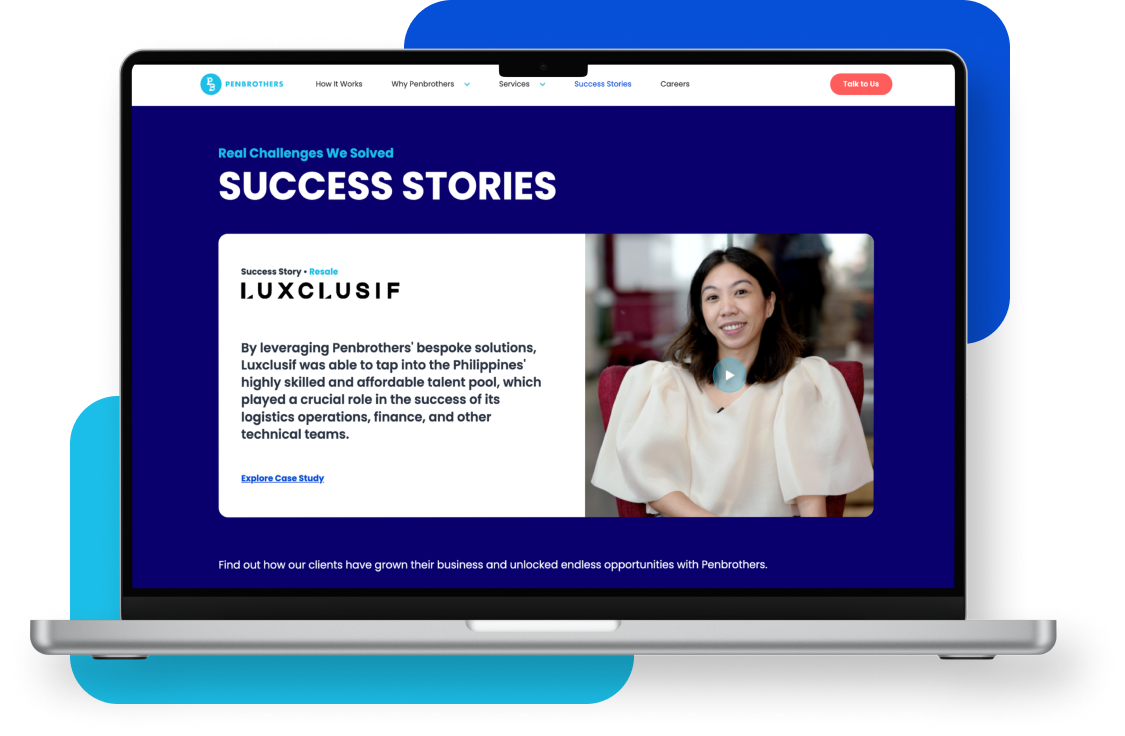What's Inside?
Debunking Negative Stereotypes of Filipino Workers

Employers worldwide are impressed with the immense value their Filipino workers bring to their organizations. Filipinos are hardworking, communicate in English well, and can adapt to different cultures.
But despite these positive work behaviors and valuable skills, Filipinos still face negative misconceptions that make foreign businesses think twice before hiring them.
If you have not worked with Filipinos before and heard about stereotypes—such as laziness, crab mentality, and tardiness— you might believe they’re true. But these negative traits actually don’t define the entire workforce in the Philippines.
Let’s take a look at these common misconceptions that people from other countries have about working with Filipinos and why they are untrue.
6 Perceived Negative Traits of Filipinos (and Why They’re Just Stereotypes)
❌ Tardiness

Filipinos are believed to be always late for meetings and other work-related commitments. They would arrive or start working at least an hour late because of bad traffic, an emergency, or any unavoidable situation.
Filipinos are infamous for that negative trait, so much so that there’s a term for it: Filipino time. But did you know that this cultural norm was considered a status symbol in the Philippines some centuries ago?
Not all Filipinos think and behave like that nowadays. A lot of them manage their time properly—they start their workday early, join meetings on time, and complete their tasks before or on the deadlines.
This comes from their innate dislike to inconvenience others and disrespect their time, so they do their best to be punctual as often as possible.
❌ Procrastination
In the Philippines, there’s a local term called Mañana habit: the tendency to procrastinate and put off work until tomorrow even if it can be done today. “Mañana” is a Spanish word that means tomorrow or a specified future time.
It may be true in the past, but not entirely true in the present. In today’s fast-paced world, Filipino workers are efficient and hardworking, driven to meet job expectations and help achieve business goals.
Filipinos value their job because it’s what puts food on the table. This is why they go above and beyond what is expected of them.
Even though some Filipinos are lazy (perceived or otherwise), procrastination is not a trait that’s unique only to the Philippines. Various studies found procrastination to be prevalent globally, particularly in the U.S., England, Australia, Japan, and India, among many others.
❌ Inability to Communicate in English

Some businesses in Western countries still consider the language barrier as a deterrent to hiring a Filipino remote worker. They think Filipinos can’t collaborate effectively because of this.
While Filipinos are more comfortable speaking in their native language, they can definitely communicate well in English, whether in a business or casual setting.
The Philippines boasts of a high English proficiency rate. In the 2023 English Proficiency Index, the country ranks 20th worldwide and second in Asia.
❌ Crab Mentality
Filipinos are often mistaken for causing unhealthy competition in the workplace, engaging in gossips about their co-workers and backbiting.
This isn’t true. Filipinos value collaboration and teamwork. They’re very comfortable working in a diverse team, genuinely helpful, and generous in sharing their knowledge with their colleagues. Also, they’re very open to constructive feedback.
❌ Limited to Service-Oriented Jobs Only

What comes to mind when you hear about Filipino workers? Domestic helpers, nurses, cleaning ladies, service crews, and other service-oriented jobs are usually associated with Filipinos.
While it is true that the Philippines has many blue-collar workers, it also produces some of the best knowledge workers in the world. Global companies hire highly skilled and experienced Filipino professionals with specializations like IT, web development, accounting, and graphic design.
Related article: Top 10 Outsourced Roles to the Philippines
❌ Lack of Accountability

Filipinos are often seen as lazy workers who lack a sense of responsibility. But data says otherwise.
Honesty and accountability are two of the greatest strengths of Filipinos. A study by Milieu Insight in 2022 found that honesty is highly valued by at least 78% of Filipino directors and entry-level executives. They consider this value, along with accountability, as the bedrock of their careers. In the workplace, Filipinos are transparent and discernible.
Final Thoughts
No doubt, Filipinos still have a long way to go when it comes to breaking these stereotypes. But with continuous personal development and honing of skills, Filipinos can and will prove the value they bring to the workplace. Adding Filipinos to your team will surely be beneficial to your business.
Discover more about the advantages of hiring a Filipino remote team:

